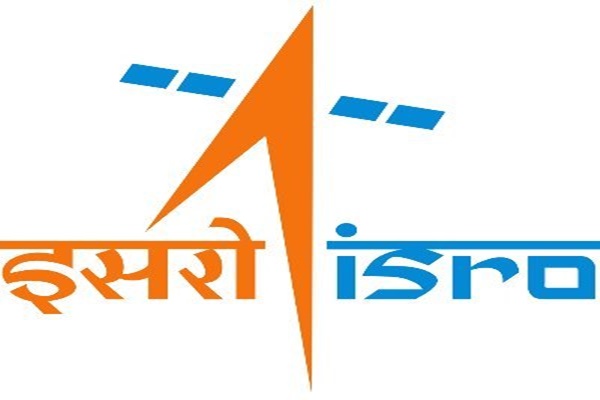AMN / Jodhpur
IIT Jodhpur has unveiled a pioneering technique for treating wastewater from the textile dyeing industry, notorious for releasing harmful substances like azo dyes into the environment. This new method leverages environmentally friendly far ultraviolet (UV) light at 222 nm, offering significant advantages over conventional mercury-based UV light at 254 nm.

Key Aspects of the Study
The Problem The textile dyeing and manufacturing industry produces large quantities of wastewater containing persistent contaminants like azo dyes, which are challenging to remove using conventional methods. Effective treatment of this wastewater is crucial to prevent environmental pollution and promote sustainable water reuse.
The Solution Researchers at IIT Jodhpur, led by Dr. Ram Prakash, Professor in the Department of Physics, along with PhD students Ms. Kiran Ahlawat and Mr. Ramavtar Jangra, have developed a novel approach using a 222 nm Kr/Cl2 excimer UV light source. Their method has shown remarkable effectiveness in breaking down Reactive Black 5 (RB5), a common dye in textile wastewater. The study, published recently in Nature: Scientific Reports (https://doi.org/10.1038/s41598-024-63012-z), explored both direct photolysis and an advanced oxidation process (AOP) using titanium dioxide (TiO2) and hydrogen peroxide (H2O2). The degradation rate of RB5 was found to be approximately 27 times faster with their designed excimer-222 light and H2O2 AOP compared to conventional UV-C based methods.
Key Findings
- Enhanced Absorption: The higher molar absorption coefficient of RB5 dye at 222 nm significantly improves degradation efficiency.
- Energy Efficiency: The 222 nm UV light and H2O2 process is five times more energy-efficient than using TiO2, making it more sustainable and cost-effective.
- Optimal Conditions: The highest degradation rates were achieved at an alkaline pH of 10, which is typical for textile wastewater, eliminating the need for pH adjustment.
- Degradation Pathway: Advanced analytical techniques established a detailed pathway for RB5 degradation under 222 nm UV light.
- Environmental Impact: The mercury-free UV lamps and the non-toxic nature of the treated water make the process environmentally friendly and suitable for reuse in agriculture.
Broader Implications This innovative method offers several benefits over conventional wastewater treatment techniques:
- Eco-Friendly: Avoids hazardous chemicals and eliminates the need for catalyst recovery.
- Energy Saving: Significantly reduces energy consumption.
- Scalable: Can be scaled up for industrial applications, providing a viable solution for the global textile industry.
The researchers believe this breakthrough could pave the way for more sustainable wastewater management practices, not only in the textile industry but also in other sectors producing similar pollutants.
Future Directions The team at IIT Jodhpur plans to conduct further research to optimize the process and explore its application in real-world industrial settings. Additionally, they aim to investigate the use of far UV-C light for other environmental cleanup operations and sustainable agricultural practices.







